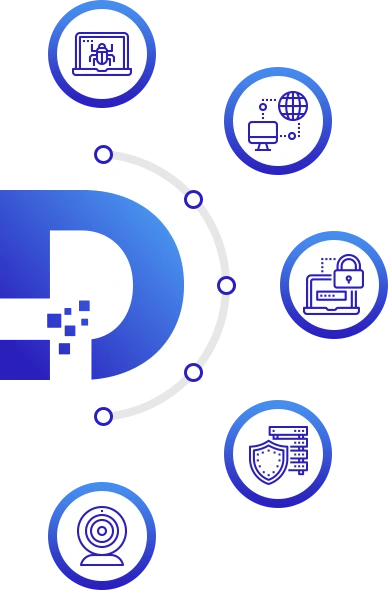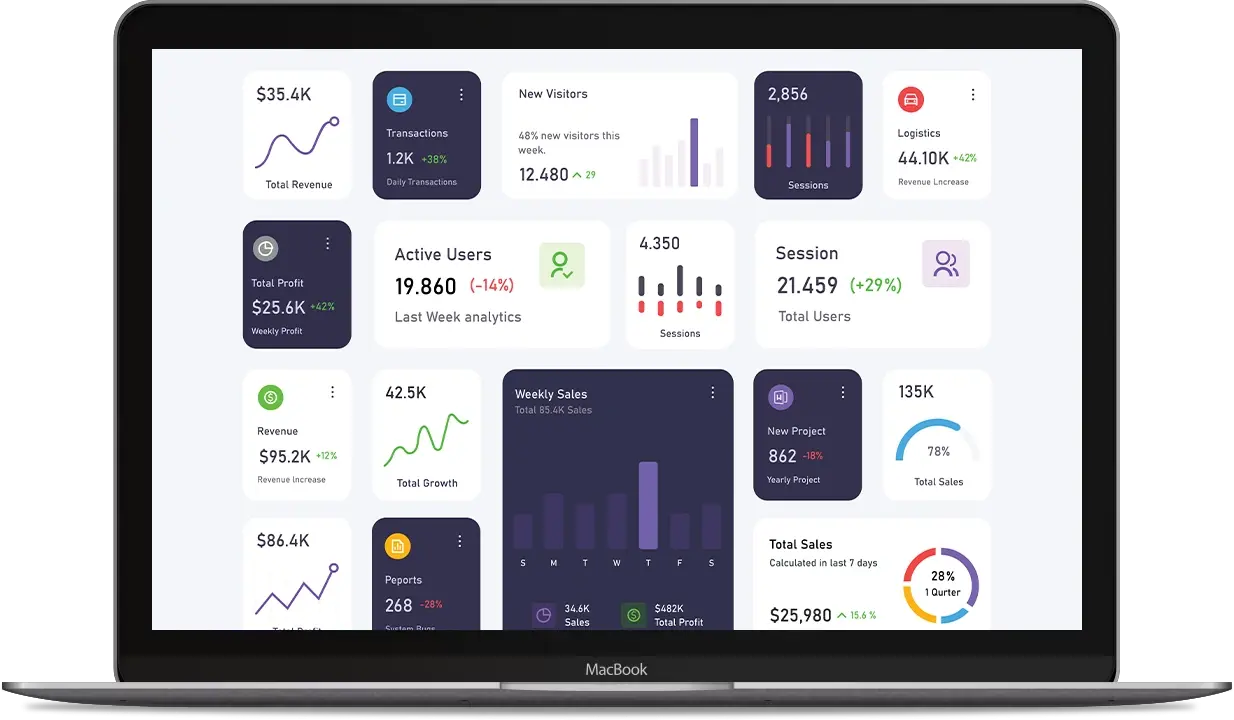

A Document Management System (DMS) is a software solution designed to manage, store, track, and organize documents and records electronically. It typically includes features that enable users to create, edit, share, archive, and retrieve documents efficiently. Here are some key components and functions of a DMS.

Document management, often referred to as Document Management Systems (DMS), is the use of a computer system and software to store, manage and track electronic documents and electronic images of paper-based information captured through the use of a document scanner. Document management is how your organization stores, manages, and tracks its electronic documents. According to ISO 12651-2, a document is "recorded information or object which can be treated as a unit." While this sounds a little complicated, it is quite simply what you have been using to create, distribute and use for years.
Our robust DMS offers a range of features to enhance document management, including centralized storage, version control, workflow management, integration with other systems, collaboration features, search and retrieval capabilities, audit trails, and mobile access.


A DMS is a key component of digital transformation. By digitizing documents and streamlining workflows, organizations can improve efficiency, reduce costs, and enhance customer experience. A well-implemented DMS empowers businesses to make data-driven decisions and stay competitive in today's digital landscape.
Our Document Management System in India serves as a bridge between people and information. By providing a centralized repository for documents, DMSs facilitate access, collaboration, and knowledge sharing. This empowers organizations to make informed decisions, streamline workflows, and improve overall efficiency.
Technology Stack for Document Management Systems
We use Angular, React Native, Flutter, and PHP-Laravel to build secure and efficient document management systems.
 Stores all documents in a single, centralized location, making it easy to find
and retrieve documents.
Stores all documents in a single, centralized location, making it easy to find
and retrieve documents.
 Decreases the need for physical storage space and reduces paper usage.
Decreases the need for physical storage space and reduces paper usage.
 Enhances collaboration by providing a centralized platform or document sharing
and communication.
Enhances collaboration by providing a centralized platform or document sharing
and communication.

 Protects sensitive information through access controls and encryption.
Protects sensitive information through access controls and encryption.
 Assists in adhering to industry regulations and standards.
Assists in adhering to industry regulations and standards.
 Can grow with the organization, handling increasing volumes of documents without
a decline in performance.
Can grow with the organization, handling increasing volumes of documents without
a decline in performance.


Document management, often referred to as Document Management Systems (DMS), is the use of a computer system and software to store, manage and track electronic documents and electronic images of paper-based information captured through the use of a document scanner. Document management is how your organization stores, manages, and tracks its electronic documents.
Now, we can define document management as the software that controls and organizes documents throughout an organization. It incorporates document and content capture, workflow, document repositories, COLD/ERM, and output systems, and information retrieval systems. Also, the processes used to track, store, and control documents.
Enhance your document management system with a powerful data analytics dashboard designed to optimize efficiency and decision-making. At Devant IT Solutions, we offer advanced analytics solutions that provide real-time insights, document tracking, and performance metrics. Our intuitive dashboard enables businesses to monitor document usage patterns, streamline workflows, and ensure compliance with data security standards.
As one of the best data analytics service providers in India, we integrate AI-driven analytics to help organizations extract valuable insights from their document repositories. Our customizable dashboards offer detailed reporting, automated alerts, and predictive analytics, ensuring seamless document handling and improved operational efficiency. Partner with Devant IT Solutions for a smarter, data-driven document management experience.



As technology continues to evolve, DMSs are becoming increasingly sophisticated. Advanced features such as artificial intelligence, machine learning, and cloud-based solutions are transforming the way organizations manage documents. By staying updated with the latest trends, businesses can leverage the full potential of DMSs to drive efficiency and innovation.
Now, we can define document management as the software that controls and organizes documents throughout an organization. It incorporates document and content capture, workflow, document repositories, COLD/ERM, and output systems, and information retrieval systems. Also, the processes used to track, store, and control documents. Document management is one of the precursor technologies to content management, and not all that long ago was available solely on a standalone basis like its imaging, workflow, and archiving brethren. It provides some of the most basic functionality to content management, imposing controls and management capabilities onto otherwise “dumb” documents.